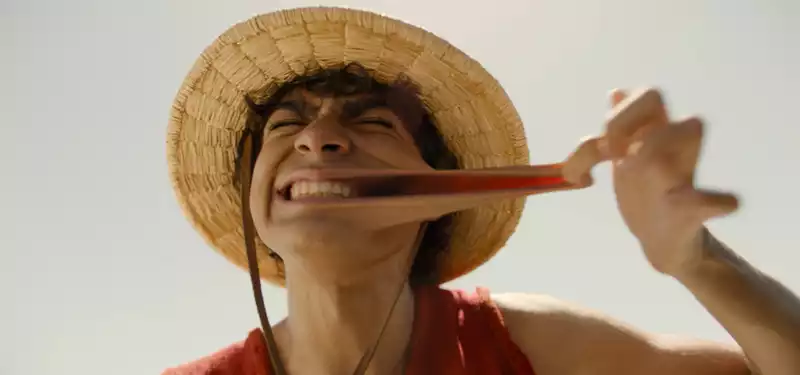Sep 6, 2023
Victor Scalise, "One Piece" Vfx Supervisor, talks about how the show balances practical and CG effects.
Netflix released a live-action one-piece adaptation last week, and the show was quickly caught by critics and audiences alike, finishing as the platform's most-watched series of the week from 8/28 to 9/3.
One Piece is not Hollywood's first attempt to adapt a fan favorite anime in live action, but it already looks like the most successful. It certainly leans to the animated roots of the property as much, or even more, as to things like Netflix's own Cowboy Bebop or Paramount Pictures' The Last Airbender and Ghost in The Shell.
To mark the show's impressive debut, we asked vfx director Victor Scalise how vfx studio Framestore delivered the "cartoon" shots needed for the show, how to avoid too many of those shots, and how the artist managed to capture some of the iconic character movements of the original cartoon/series. We talked about how we adapted it to the needs of our customers.
Cartoon Brew: According to production notes, the show was "moving away from using cgi as much as possible.""Obviously, in such a production, cg still plays a big role.
Victor Scalise: I'm sure there's a place for cg and a place for practice, and working as a team in the sfx department is an important part of any show. We made sure that if we were using cg, it would help move the story together. It's very easy to say "let's go to all cg" from the beginning, but I like to look at everything in terms of whether it needs to be cg or not. In this work, it made sense for News Coo and The Lord of The Coast to be completely cg characters from the beginning. As for Luffy's stretchy power and buggy, these needed to be partially cg. We worked closely with our stunt coordinators Franz Spielhaus and Darrell McLean to make sure the actor's reaction was convincing. Also, using props that I remove later for impact really helped make everything reliable.
This really helps the digital effect make a sense of grounding. In this era of filmmaking, the most successful fx is when Stunt, sfx and vfx all work together as a single team. That's when everything feels the most realistic. It really is a group effort.
What instructions were given to integrate digital effects into the show -
As with most shows these days, our biggest instruction was to make the vfx look real. This world could soon become a cartoon, so you had to get on a thin line so that the effect would be a bit fantastic, but still real
It requires a bit of that comic quality to stay true to its source material.
I trust our director, the choreographer of the stunt team, and the actor who helped keep the comics away from vfx. With punches and kicks, Luffy's real moves were a great basis for adding our cg appendages. Based on real human movement, when we added the stretch, we could push it really far without feeling like we were over the limit, and that was the same for the buggy.; We did our best to play Jeff Ward's performance and add how he played the character to the cg work. Framestore animators have had a lot of fun doing this and it shows in the final rendering. If you combine everything that is already really working on the set and pass it on to these talented artists, it will be a great product.
What was the biggest challenge of adapting some of the show's iconic moves, especially in battle scenes-
When we first saw punch, we quickly learned that this is a constantly evolving effect once we started watching dev. The Framestore puts tons of detail into our digi-double of Luffy, especially on the limbs. In order for the Cg to be interested and have some form, we had to play around with how the muscles, tendons and skin textures interact when we stretch the luffy, and we used to play around with the hair sim to push further details. Once we had the formula, we played with how much weight we needed to add to his fists and legs and how it would bend or ripple arms and legs. As we finished more shots, we found adding more flex and really felt like an old stretch Armstrong toy or a silly putty At some point, I instructed Andy Zazzera, our Framestore supervisor, to push the artists to the limit having fun, and they did a few tricks. I came up with something great.
So we could learn a lot and have more and more fun with force, so we adjusted about 7 shots that had already been finalized. The harder we push up the effect, the cooler they actually made it, and the more reliable they were.
.



Post your comment